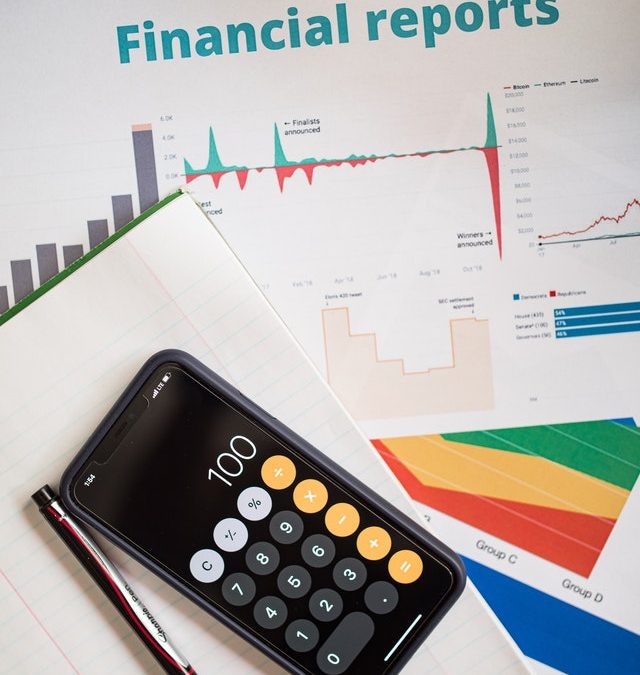Did you know that it is mandatory for each syndicate and condo board to keep at the disposal of the co-owners a precise list of documents, including the condominium financial statements? Even if you’re not a financial management professional, it’s still possible to analyze these documents. Condo Stratégis briefly introduces you to condo financial statements.
Condominium financial statements: how to interpret the results line?
In Quebec, each syndicate or condominium board must comply with the provisions of Article 1070 of the Civil Code and keep at the disposal of the co-owners a condominium financial statement.
The results statement summarizes the income and expenditures of the syndicate of co-owners, but is separate from the cash flow statement. In other words, the supplier invoices and the co-owner contributions that appear in this statement are not necessarily paid.
The fiscal year ends with a surplus or a loss
At the end of the fiscal year, the condominium has a net surplus or deficit:
- In the first case, it must decide how to allocate it (reserve fund, contingency fund, lower fund balance contributions for the following year, etc.).
- In the latter case, it is necessary to implement a special contribution or to dip into any reserve fund that may exist.
The possibility of comparing with the current year budget, another financial statement
For each expense activity line, the results statement shows the amount that had been budgeted. It is therefore easy for the property manager to identify overruns, analyze the causes, and take steps to prevent these discrepancies and adjust the current expenses and financial health of the syndicate.
This analysis is essential and can be facilitated by a financial management professional who can take care of all the financial reports and the chart of accounts of the condo syndicate.
The balance sheet: the financial statement of your condominium that takes a picture of the situation
Attached to the convening notice of the general meeting of co-owners, the balance sheet presents the assets and liabilities (debts) of the condominium, as well as the net assets at the end of the fiscal year. It takes a real picture of the financial statement and also ensures the regulatory level of the:
General fund
If this is negative, it indicates that the syndicate lacks cash flow. Multiple reasons are possible: unforeseen expense, unpaid contributions, expenditure item overruns, etc.
Contingency fund
The law requires that this represents at least 5% of the contributions (condo fees) to the common property expenses (unexpected expense and major repairs costs). In reality, this percentage is often highly insufficient. A contingency fund study allows you to estimate a fund amount tailored to the needs of the condominium.
The annual budget: the condominium financial statement to manage the upcoming fiscal year
Based on previous fiscal years and the anticipated needs of the condominium, the condo managers prepare an annual budget. This provisional envelope must allow the syndicate to meet its obligations. The contribution amounts for each co-owner will also be calculated based on this budget.
Generally presented in the form of a table, the annual budget includes, alongside the resources earmarked for each expenditure item, certain elements of comparison:
- budget spent on this expenditure item for the previous year;
- difference between the budgeted and actual expenditures for the previous fiscal year;
- percentage increase in the budget compared to the previous year.
Entrust your condominium financial statements to an expert
By law, each condo must now have an operating fund and a contingency fund. With the adoption of Bill 141 as of April 15, 2022, the self-insurance fund will also be made mandatory. To help you keep sound accounts and audited condominium financial statements that comply with applicable legislation, call on Condo Stratégis, a condo management expert for over 30 years.

